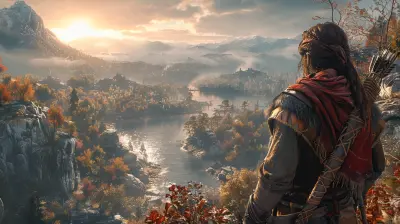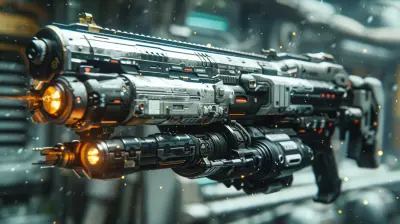Teaching History Through Interactive Gaming
15 October 2025
Let’s be honest—history class was often the academic equivalent of dry toast. You sat there, memorizing dates, names, and facts like a robot preparing for a pop quiz apocalypse. Yawn. But what if I told you there’s a way to make history pulse with life, drama, and action? Say hello to teaching history through interactive gaming—a revolutionary, no-boredom-allowed way of bringing the past to life.
History nerds, gamers, teachers, and skeptics alike, buckle up. We're about to dive into the wild, wonderful world where ancient battles, revolutions, and historical icons don't just exist in textbooks but pop up in glorious 3D on your screen.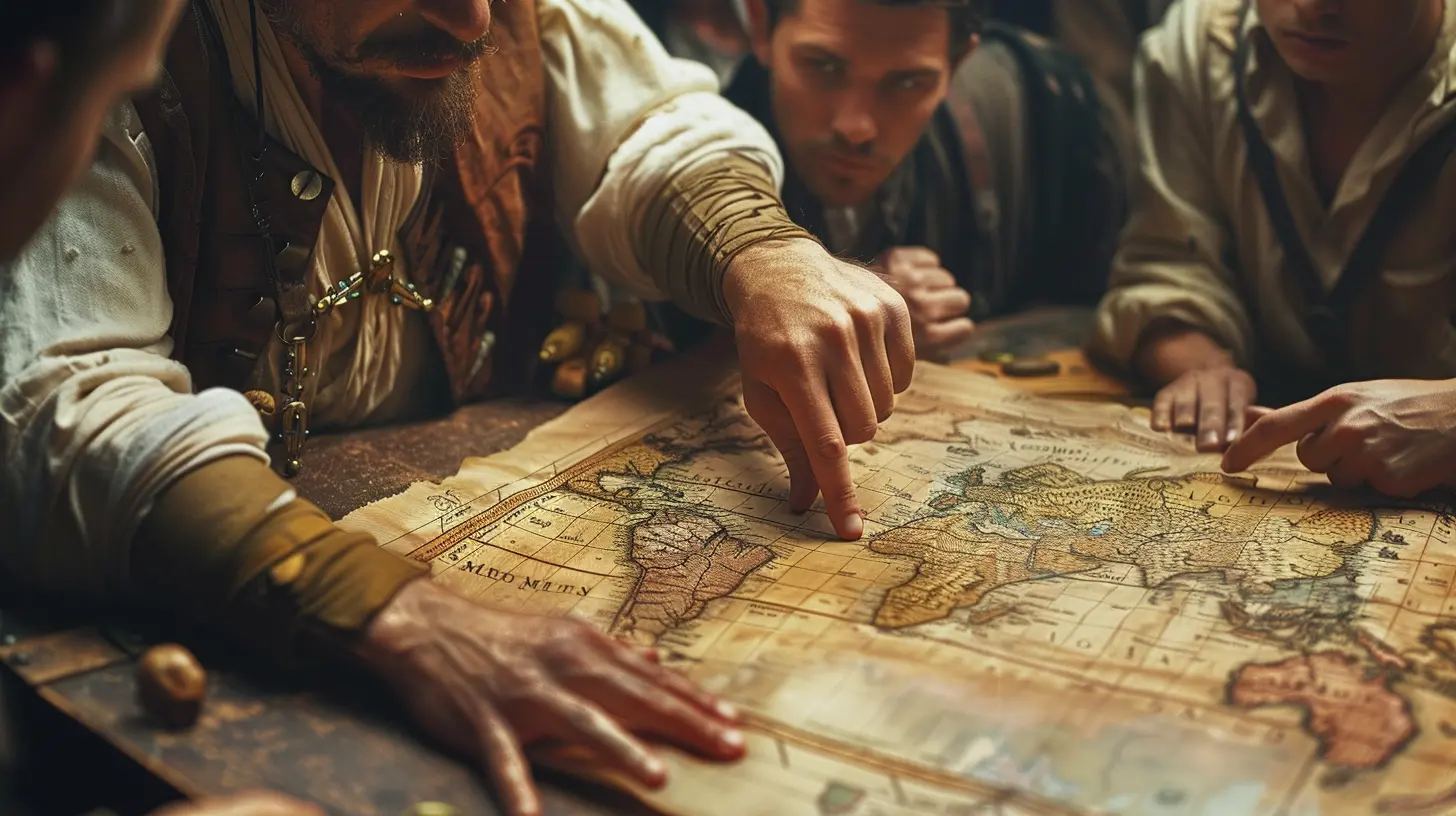
Why Interactive Gaming is the History Teacher We All Wish We Had
Let’s face it—kids today have the attention span of a goldfish on espresso. Competing with TikTok, YouTube, and Netflix? Textbooks don’t stand a chance. That’s where interactive gaming swoops in like a digital superhero.Games engage students actively. Instead of passively reading about the French Revolution, you could be leading the charge, dodging guillotines and rallying troops. Gaming blurs the line between education and entertainment, giving players a front-row seat (and sometimes a starring role) in the past.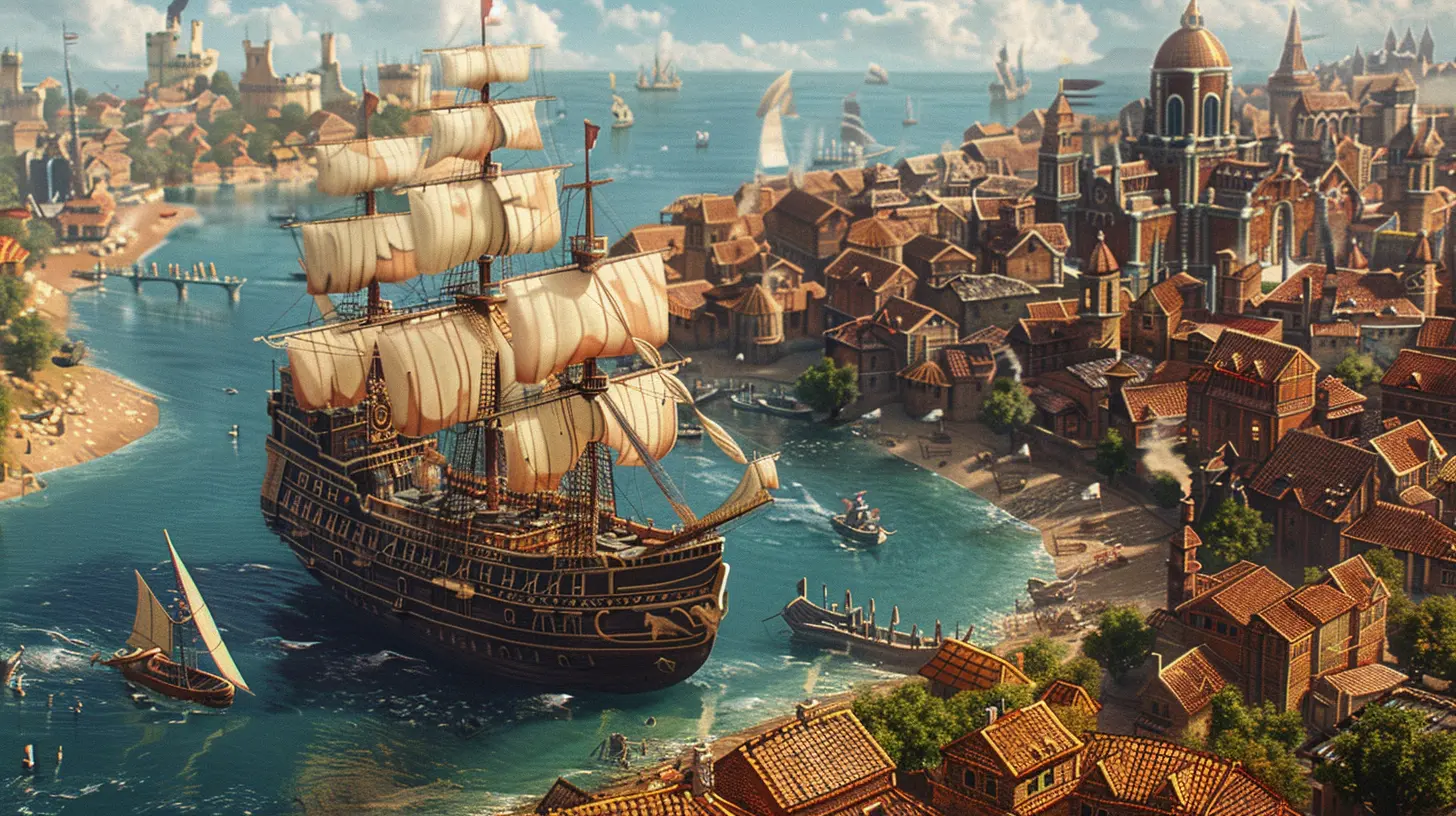
Gaming Adds Emotion—and That’s a Game Changer
Let’s state the obvious: history is full of feels. Epic betrayals, tragic downfalls, fierce love stories, and mind-blowing moments—all of that gets lost when you reduce it to bullet points.But games? Oh honey, games make you feel it. The pain of losing comrades in battle. The pride of building ancient empires. The chill of surviving the Blitz in WWII. Suddenly, Napoleon isn’t just a guy with a hat—he’s your commander or, better yet, your enemy.
Emotional engagement isn’t fluff; it cements learning. We remember what we feel. So, why not cry, laugh, and rage your way through history?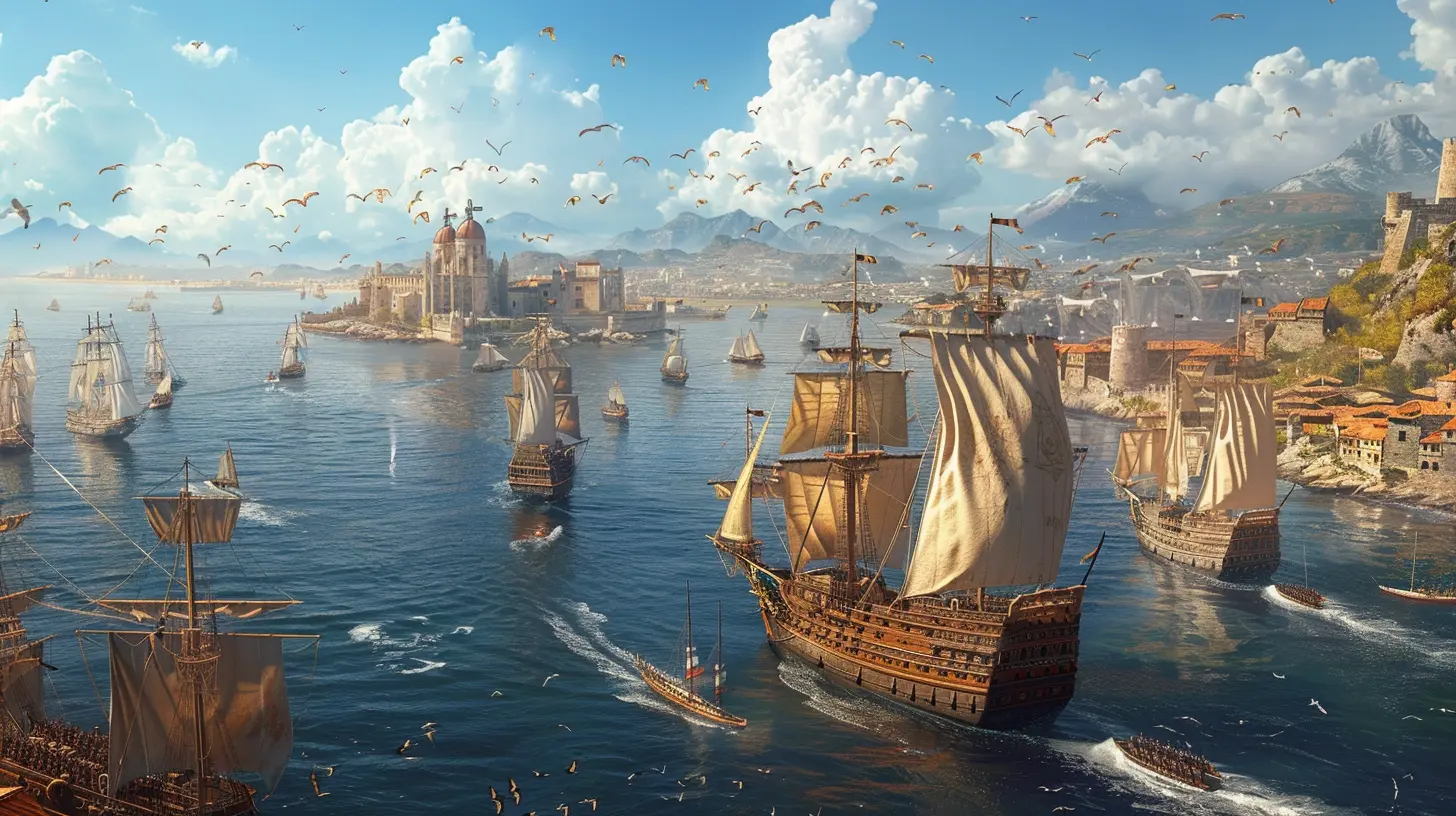
How Games Make Learning Actually Stick
You ever notice how a 12-year-old can’t remember their math homework but knows everything about Ancient Greece because they played “Assassin’s Creed: Odyssey”? That's no accident.Games are sneaky teachers. Here’s why:
1. Active Participation
You’re not just watching history—you’re in it. Your decisions shape the experience, and that personal involvement turbocharges retention.2. Repetition Without the Boredom
Most games use repetition to master skills or solve puzzles. That repetition reinforces historical facts—without feeling like a grind.3. Contextual Learning
You don’t memorize facts in isolation. You see how events connect: what leads to war, how culture shifts, where economies collapse.4. Problem Solving
History is messy. Interactive games let players make choices, experiment with outcomes, and understand consequences—bringing historical cause and effect to life.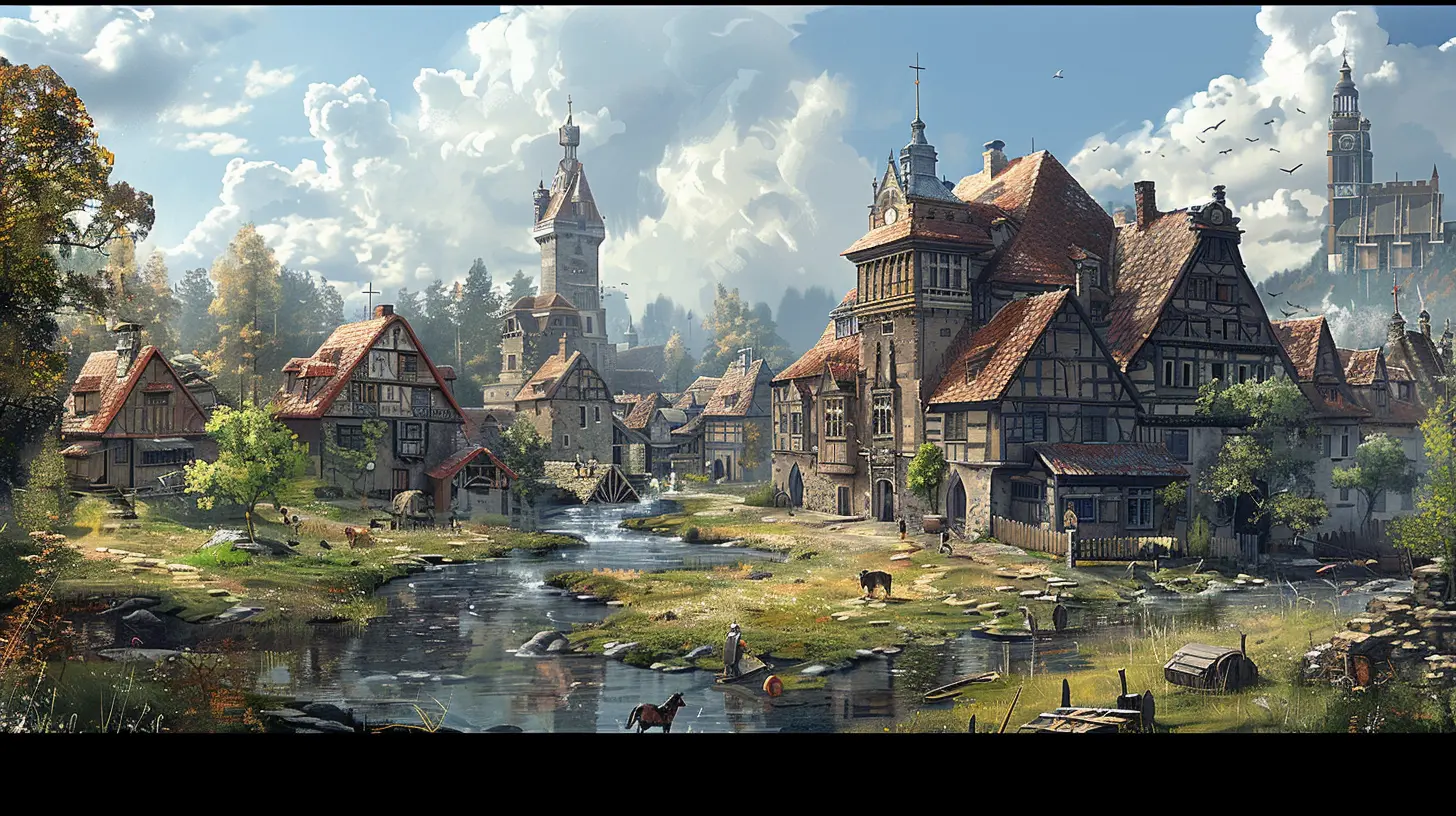
Best History-Based Games That Teach Without Preaching
No, not all games are created equal. We’re here for the ones that sneak in epic learning while you're too busy having fun.🎮 Assassin’s Creed Series
If you haven’t parkoured across Renaissance Florence or Ancient Egypt, what are you even doing with your life? These games double as time machines, with jaw-dropping accuracy and rich narratives. You even get a full-built Discovery Tour mode, which strips out combat and goes full-on historical Disneyland.🏰 Civilization VI
Nothing like building an empire from scratch to teach you about diplomacy, economy, warfare, and historical development. You'll learn about leaders, cultures, and policies—while ruthlessly conquering the world.⛵ Age of Empires
This real-time strategy classic lets you command armies, manage resources, and relive history’s biggest conflicts. You’ll know more about Mongols and medieval siege tactics than you ever learned in school.💣 Valiant Hearts: The Great War
This emotional, story-driven game makes World War I feel personal. It marries gripping visuals with real letters and documents, leading you through the heartbreak and heroism of war.🚀 Oregon Trail (aka the OG)
Before there were HD graphics, there was this gem. You died of dysentery—and learned all about westward expansion. It’s retro, nerdy, and still weirdly addictive.Teachers, This Is Your Cue: How to Gamify the History Curriculum
If you’re a teacher wondering, “Okay, but how do I bring this magic into my classroom without causing chaos?”—good news. You don’t need to roll up with an Xbox in your backpack.Here’s how you can embrace the gaming revolution in school:
🎯 Start With Simulations
Use classroom-friendly games like "Mission US" or "iCivics" that are designed with educational goals in mind. They’re free, accessible, and super engaging.📚 Pair Games with Inquiry-Based Learning
Have students play a segment of a game, then write journal entries from the perspective of characters, compare game events with real history, or debate ethical dilemmas.💡 Use Games as Launchpads
Let the game spark curiosity. If a student gets hooked on Ancient Greece via “Odyssey,” bam—you've got a gateway to deeper exploration.🏗️ Build Your Own Games
Not into existing titles? There are plenty of easy tools (like Twine or Scratch) that let students create historical games or simulations as part of their projects.But Wait, Are Games Really Accurate?
Look, no game gets it 100% right. And that’s okay. Developers aren’t historians—they’re entertainers. But most of the good ones consult with experts to get as close to the real deal as possible.Teachers and parents can help bridge the gap. Discuss what’s accurate, what’s fictionalized, and why. Encourage students to fact-check. Make it a teachable moment instead of a dealbreaker.
Think of games as stylish museum guides. Maybe they wear too much eyeliner and curse a little—but they still teach you something worthwhile.
Addressing the Elephant in the Room: Screen Time
"But isn't this just more screen time?" Yeah... and?Let’s reframe this. Not all screen time is created equal. There’s a big difference between doomscrolling memes and strategizing the Battle of Hastings in a game. Interactive gaming is active screen time—it’s problem solving, critical thinking, and decision-making rolled into one.
Moderation is key. Balance is everything. But let’s not throw the digital baby out with the bathwater.
How Interactive Gaming Builds Empathy and Perspective
Textbooks barely scratch the surface of experience. Games can force you to walk a mile in someone else’s historical shoes.Try surviving as a Jewish family in Nazi-occupied France. Or leading a slave rebellion in ancient Rome. Or balancing freedom and fear during the Cold War.
These are heavy themes, but games offer safe, meaningful ways to explore them. They cultivate empathy and nuance—things the world could seriously use more of.
The Future of Historical Education Is Lit (And Digital)
Let’s not beat around the bush—education is evolving, and gaming is setting the curve. Virtual reality, augmented reality, AI-driven narratives… we’re just scratching the surface.Imagine donning a VR headset and walking through the streets of Pompeii moments before the eruption. Or using AR to watch the assassination of Julius Caesar unfold on your desk. It's not Sci-Fi—it's the future of learning, and it’s insanely exciting.
Wrapping It Up: The Past Has Leveled Up
Gone are the days when history was a snoozefest trapped in yellowing pages. Thanks to interactive gaming, we’ve cracked the code to making the past engaging, emotional, and unforgettable.It’s not just about playing—it’s about experiencing. And those experiences turn curiosity into knowledge faster than you can say “Time-traveling Assassin.”
So whether you're a teacher, gamer, curious parent, or history buff—embrace the joystick of learning. Because let’s be real, history has never looked this good in HD.
all images in this post were generated using AI tools
Category:
Educational GamesAuthor:

Stephanie Abbott
Discussion
rate this article
1 comments
Buzz Murphy
Forget textbooks—why memorize dates when you can storm castles and negotiate treaties with pixelated knights? History class just got a glow-up! Let’s hope my high score on Ancient Rome impresses the teachers!
October 15, 2025 at 2:37 AM

Stephanie Abbott
Absolutely! Interactive gaming makes history engaging and memorable, turning lessons into epic adventures. Glad to see your enthusiasm!
